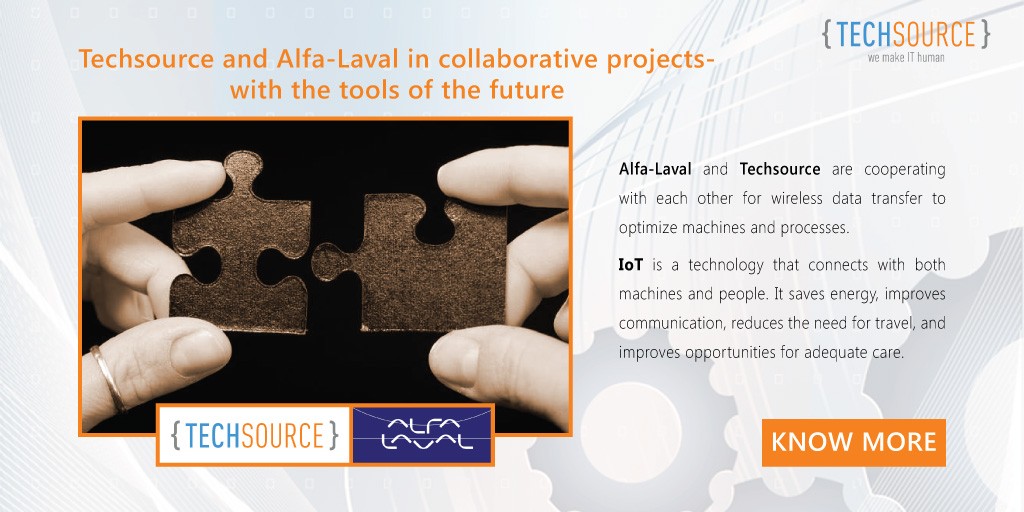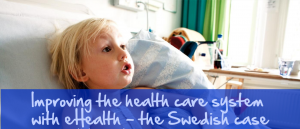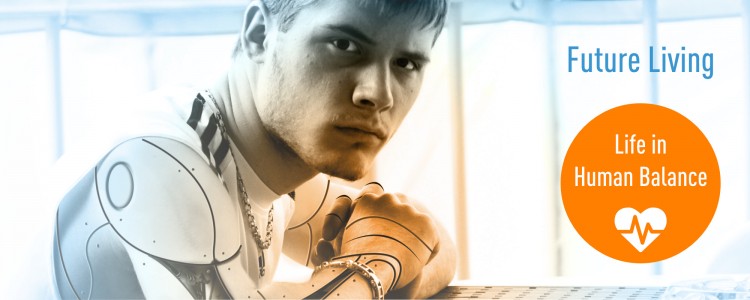The world is becoming an increasingly connected place. From machines to simple consumer products, we are interacting with these, and each other. This technology paradigm is called Internet of Things (IoT) and has been identified as an important factor in creating future businesses and new business opportunities.
Alfa-Laval and Techsource are cooperating with each other for wireless data transfer to optimize machines and processes.
The value-add is that Alfa-Laval’s products can be monitored throughout the globe and their operations optimized, which gives energy savings and reduces the environmental impact. Another critical feature is to obtain timely information about servicing and maintenance needs before operations shutdown. This kind of a system is on the lines of Techsource’s expertise, which is – IoT Solutions for a greener world!
IoT is a technology that connects with both machines and people. It saves energy, improves communication, reduces the need for travel, and improves opportunities for adequate care.
Techsource Europe AB is a privately held pioneer of IoT, who saw the potential of improved and automated communication early on. Keeping the human experience always at the center, Techsource creates efficient ecosystems and collaborates with partners from all over the world.
Alfa Laval is a leading global provider of specialized products and engineering solutions based on its key technologies of heat transfer, separation and fluid handling.
The company’s equipment, systems and services are dedicated to assisting customers in optimizing the performance of their processes. The solutions help them to heat, cool, separate and transport products in industries that produce food and beverages, chemicals and petrochemicals, pharmaceuticals, starch, sugar and ethanol.
Alfa Laval’s products are also used in power plants, aboard ships, oil and gas exploration, in the mechanical engineering industry, in the mining industry and for wastewater treatment, as well as for comfort climate and refrigeration applications.
Contact person:
Ulf Norrstam
Telephone: +46-761195462
Mail: ulf.norrstam@techsource.io
www.Techsource.io
Address: Techsource Europe AB
Anckargripsgatan 3
Malmö – 211 19, Sweden



